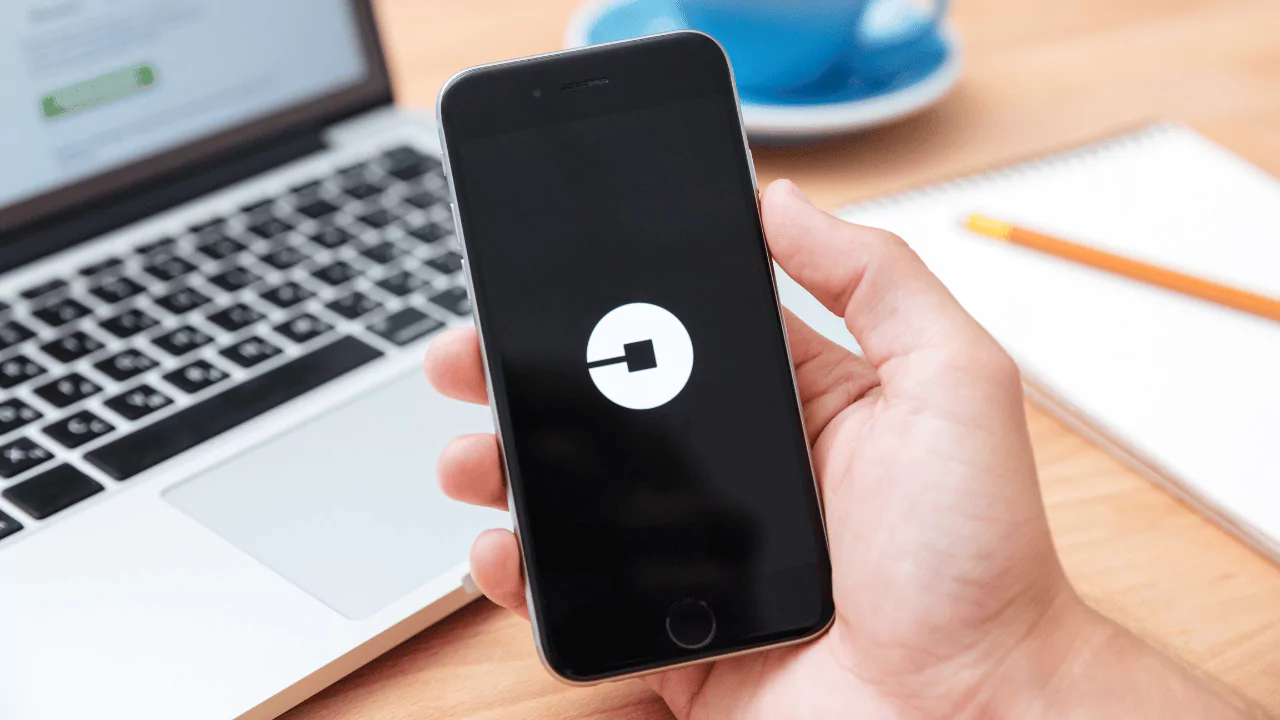Uber is a popular ride-sharing service that connects drivers and passengers through a mobile app. Uber drivers use their own vehicles to provide transportation to customers, who pay a fare based on distance, time, and demand. But what happens if an accident occurs during an Uber trip? Who is responsible for the damages and injuries? How does Uber insurance work?
In this article, we will explain everything you need to know about Uber insurance, including the types of coverage, the situations in which they apply, and the requirements for drivers. We will also provide some tips on how to protect yourself as an Uber driver or passenger.
Types of Uber Insurance Coverage
Uber maintains automobile liability insurance on behalf of all U.S. rideshare drivers while they are logged onto the Uber app. This means that Uber will cover the costs of any bodily injury or property damage that the driver causes to a third party (someone or something other than the driver or the vehicle) in the event of a covered accident.
However, Uber’s insurance policy only applies in certain situations, depending on the driver’s status on the app. There are three periods that determine the level of coverage:
- Period 1: The driver is online with the Uber app, but has not accepted a ride request yet. In this period, Uber provides third-party liability coverage of $50,000 per person, $100,000 per accident, and $25,000 for property damage, if the driver’s personal auto insurance does not apply.
- Period 2: The driver has accepted a ride request and is en route to pick up the passenger. In this period, Uber provides $1 million in third-party liability coverage, as well as uninsured/underinsured motorist bodily injury and/or first-party injury insurance. This means that Uber will cover the costs of any injuries or damages that the driver or the passenger suffers if another driver is at fault and does not have sufficient insurance or flees the scene. Uber also provides contingent comprehensive and collision coverage, which means that Uber will cover the physical damage to the driver’s vehicle up to its actual cash value, regardless of who is at fault, as long as the driver has comprehensive and collision coverage on their personal auto insurance. There is a $2,500 deductible that the driver must pay first before this coverage applies.
- Period 3: The driver has picked up the passengers and is driving them to their destination. In this period, Uber provides the same level of coverage as in period 2.
Uber also offers insurance for delivery people who use the app to deliver food or other items. The coverage is similar to that for rideshare drivers, except that there is no uninsured/underinsured motorist bodily injury or first-party injury insurance in periods 2 or 3.
Requirements for Uber Drivers
As an Uber driver, you are also required to maintain auto insurance that meets your state’s minimum financial responsibility. This means that you must have at least the minimum amount of liability coverage required by law in your state, which varies depending on where you live. You can check your state’s requirements here.
You should also inform your personal auto insurance company that you are driving for Uber, as some insurers may not cover you if you use your vehicle for commercial purposes. You may need to purchase a rideshare endorsement or a commercial policy to ensure that you are fully protected.
If you have a livery or limo business and use your vehicle for Uber, you must also comply with all compulsory licensing and commercial insurance requirements in accordance with state or local law.
Tips for Uber Drivers and Passengers
To make sure that you are prepared for any potential accidents or incidents while using Uber, here are some tips for both drivers and passengers:
- Keep your personal and Uber insurance information handy. You should always have your personal auto insurance card and your Uber insurance certificate in your vehicle. You can access your Uber insurance certificate through the app by tapping Account > Waybill > Insurance. You should also have your driver’s license and registration ready.
- Report any accidents or incidents to Uber and your personal insurer. If you are involved in an accident or incident while using Uber, you should report it to both Uber and your personal auto insurance company as soon as possible. You can report an accident or incident to Uber through the app by tapping on Help > Trip Issues and Adjustments > I was involved in an accident. You should also contact your personal insurer and follow their instructions.
- Collect evidence and information at the scene. If you are involved in an accident or incident while using Uber, you should try to collect as much evidence and information as possible at the scene. This includes taking photos of the vehicles, the damage, the location, and any injuries; exchanging contact and insurance information with the other parties involved; obtaining the names and contact details of any witnesses; and calling the police if necessary. You should also note the date, time, and location of the accident or incident, as well as the details of the Uber trip, such as the driver’s name, the passenger’s name, and the fare.
- Seek medical attention if needed. If you are injured in an accident or incident while using Uber, you should seek medical attention as soon as possible. You should also keep a record of any medical bills, receipts, or reports related to your injury. You may be eligible for compensation from Uber or the other party’s insurance company, depending on the circumstances and the coverage.
Conclusion
Uber insurance is a complex topic that involves different types of coverage, situations, and requirements. As an Uber driver or passenger, you should understand how Uber insurance works and what it covers, as well as your own personal auto insurance policy and your state’s laws. You should also be prepared for any accidents or incidents that may occur while using





